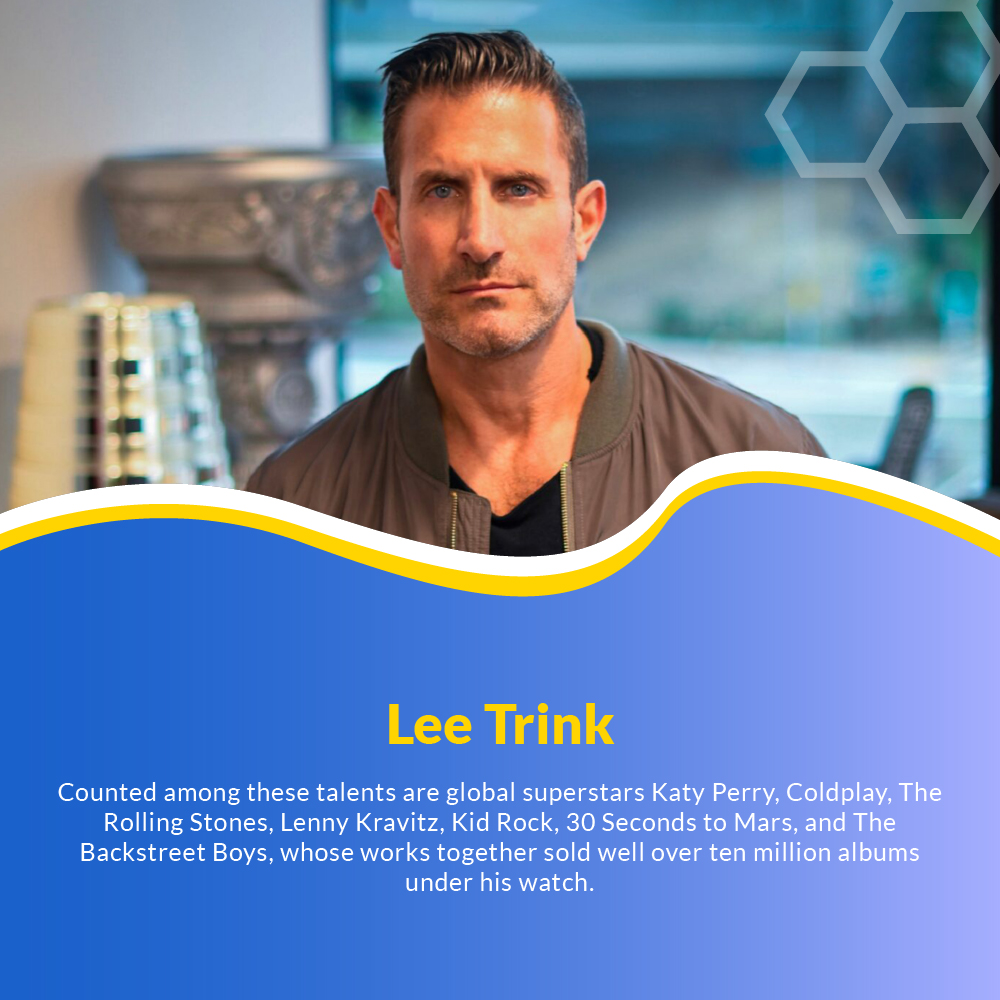
In the ever-evolving landscape of the art world, standing out is both an art and a science. The journey of nurturing artistic brilliance into a recognizable brand involves a delicate balance between creativity and strategy. For artists, the process of framing dreams into tangible, marketable concepts is crucial. This article explores the essentials of brand development for artists, providing insights on how to craft a unique identity that resonates with audiences.
Understanding the Essence of Your Art
Before delving into brand development, it’s vital to understand the core of your artistic expression. This essence encompasses your style, themes, mediums, and the emotions your work evokes. Reflect on the unique aspects of your art that distinguish it from others. Is it the boldness of your colors, the intricacy of your details, or the profound messages conveyed? Defining these elements will serve as the foundation for your brand.
Crafting a Compelling Artist Statement
An artist statement is more than just a description of your work; it’s a narrative that connects you with your audience. It should articulate your artistic journey, inspirations, and the philosophy behind your creations. A well-crafted statement invites viewers into your world, offering them a glimpse of your creative process. This personal touch can forge a deeper connection with your audience, making your brand more relatable and memorable.
Developing a Visual Identity
Visual identity is a cornerstone of brand development. It includes elements such as your logo, color palette, typography, and overall design aesthetic. For artists, the visual identity should be an extension of their artwork, reflecting their style and vision. A cohesive visual identity helps in creating a recognizable brand image, making it easier for audiences to associate your work with your name. Consistency across all platforms—be it your website, social media, or physical exhibitions—reinforces this identity.
Building an Online Presence
In today’s digital age, having a robust online presence is non-negotiable. A professional website acts as a portfolio, showcasing your work to a global audience. It should be visually appealing and easy to navigate and include essential elements like an artist biography, portfolio, contact information, and a blog or news section. Additionally, social media platforms provide an excellent opportunity to engage with fans, share behind-the-scenes content, and promote upcoming shows or new pieces.
Engaging with Your Audience
Engagement goes beyond posting your work online; it’s about building relationships. Respond to comments, messages, and inquiries promptly. Share your creative process, thoughts, and even struggles, as these humanizing elements foster a sense of community. Hosting live sessions, workshops, or Q&A sessions can also increase engagement. Remember, a loyal and engaged audience is more likely to support your work, whether by purchasing pieces or spreading the word about your brand.
Collaborations and Networking
Collaborations can significantly amplify your brand’s reach. Partnering with other artists, brands, or influencers can introduce your work to new audiences. Networking within the art community, attending exhibitions, and participating in art fairs are also crucial for building connections. These interactions can lead to opportunities for exhibitions, commissions, or collaborations, further enhancing your brand visibility.
Leveraging Art Marketplaces
Art marketplaces and galleries, both online and offline, are vital platforms for selling and promoting your work. Choose platforms that align with your artistic style and target audience. These platforms often provide marketing support, allowing you to reach a broader audience. Additionally, they can add credibility to your brand, especially if they have a strong reputation in the art community.
Continuous Learning and Adaptation
The art world is dynamic, with trends and market demands constantly evolving. Staying informed about industry trends, new technologies, and marketing strategies is essential. Continuous learning can involve attending workshops, taking courses, or simply keeping up with industry news. Adaptability ensures that your brand remains relevant and can grow with the changing landscape.
Authenticity: The Heart of Branding
At the core of successful brand development is authenticity. Your brand should be a true reflection of who you are as an artist. Authenticity builds trust and loyalty among your audience. It’s important to stay true to your artistic vision and values, even as you explore new avenues and opportunities. Authentic brands resonate more deeply with people, leading to a more dedicated following.
The Art of Brand Development
Framing dreams into a thriving artistic brand is a journey that requires introspection, creativity, and strategic thinking. By understanding the essence of your art, developing a compelling visual identity, engaging with your audience, and staying authentic, you can build a brand that not only stands out but also endures. As you continue to evolve as an artist, let your brand be a reflection of your growth, passion, and unique perspective on the world.